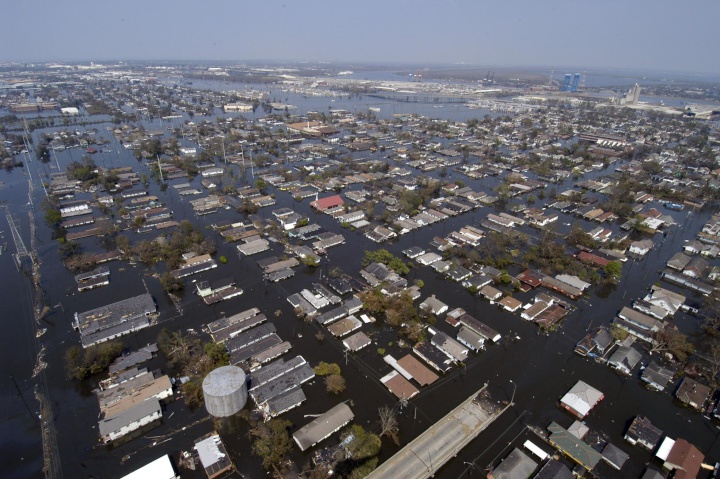2017 has seen parts of the United States in the grip of savage wildfires and hurricanes - so many that US Federal Emergency Management Agency (FEMA) employees have been warned that they might have their .

The aftermath of Hurricane Katrina. Credit: Wikimedia Commons
The year of record-breaking natural disasters means that in the US, as in New Zealand, there’s a conversation happening about how best to run the emergency management sector and what philosophies best engage and protect communities in the event of a crisis. How much of the responsibility for a community’s safety in a natural disaster is the Government’s, and how much can be left up to the community themselves? And how do we ensure none of our most vulnerable residents are left behind?
Here in New Zealand, research and interviews I’ve conducted throughout 2017 show a shift in the philosophy driving Civil Defence in New Zealand. Where top-down, command and control models used to be the norm, some councils around New Zealand are now encouraging communities to build resilience ahead of a disaster, and to identify their strengths, weaknesses, and potential local leaders, rather than waiting for the cavalry to ride in and take care of them when floods, earthquakes, fires or tsunamis hit.
[...]